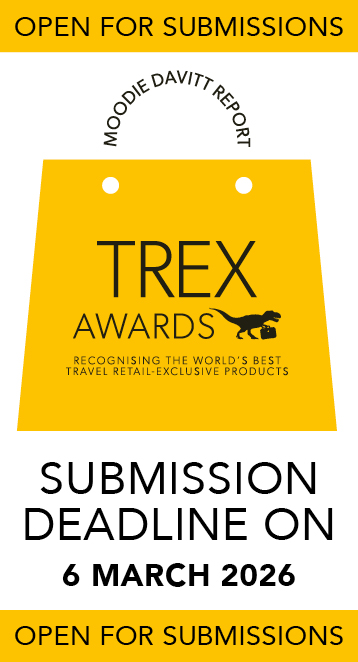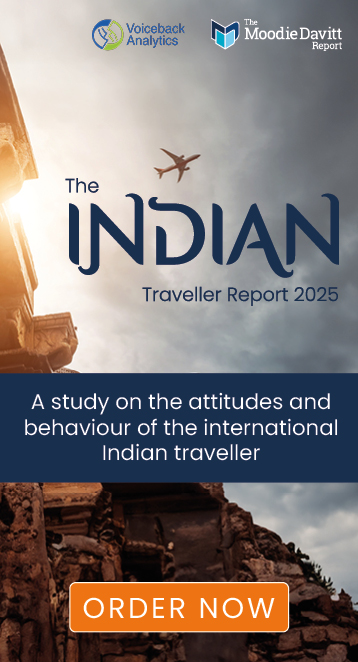INTERNATIONAL. The International Air Transport Association (IATA) expects air passenger numbers to reach 7.2 billion in 2035, almost double the number in 2016 (3.8 billion).
More than half the new passengers over the next 20 years will come from the Asia Pacific region, the association said.
China will displace the US as the world’s largest aviation market (defined by traffic to, from and within the country) around 2029, hitting 1.3 billion air travellers by 2035. India will displace the UK for third place in 2026, reaching 442 million air travellers by 2035. Indonesia will enter the top ten at the expense of Italy, growing to 242 million passengers over the same period.
Growth will increasingly be driven by developing markets. Over the past decade the developing world’s share of total passenger traffic has risen to nearly 40% from 24%, and this trend is set to continue, IATA said.

The five fastest-growing markets in terms of additional passengers per year over the forecast period will be:
- China (817 million new passengers for a total of 1.3 billion)
- US (484 million new passengers for a total of 1.1 billion)
- India (322 million new passengers for a total of 442 million)
- Indonesia (135 million new passengers for a total of 242 million)
- Vietnam (112 million new passengers for a total of 150 million).
The top ten fastest-growing markets in percentage terms will be in Africa: Sierra Leone, Guinea, Central African Republic, Benin, Mali, Rwanda, Togo, Uganda, Zambia and Madagascar.
Each of these markets is expected to grow by more than +8% each year on average over the next 20 years, doubling in size each decade.
The IATA prediction is based on a 3.7% annual Compound Average Growth Rate (CAGR) in the association’s 20-Year Air Passenger Forecast.
Other scenarios put forward by IATA suggest that if trade liberalisation gathers pace, demand could even triple the 2015 level.
Conversely, if the current trend towards trade protectionism gathers strength, growth could cool to 2.5% annual CAGR, which would see passenger numbers reach 5.8 billion by 2035. A relaxing of regulations would see passenger numbers soar by more than 10 billion over the same period.
Whatever scenario is eventually realised, growth will put pressure on infrastructure that is already struggling to cope with demand, IATA said.

IATA Director General and CEO Alexandre de Juniac said: “Runways, terminals, security and baggage systems, air traffic control, and a whole raft of other elements need to be expanded to be ready for the growing number of flyers. It cannot be done by the industry alone. Planning for change requires governments, communities and the industry working together in partnership.”
Improving the passenger experience
In other news, IATA said it was developing ways to improve the passenger experience, helping the aviation industry to successfully accommodate the forecasted near doubling in air travel demand over the next two decades.
The association’s ‘Simplifying the Business’ programme will look into all processes, including shopping for travel, the airport experience, and arriving at the destination.
The programme aims to provide customers with real-time information from all travel service providers throughout their journey, and allow them to confirm their identity just once inside the airport, eliminating repetitive ID checks at security, border control and the gate.
Speaking at the World Passenger Symposium in Dubai, De Juniac called for air transport stakeholders to work together and embrace speed and innovation to meet the challenges of growth and rising passenger expectations.
“How do we move these concepts forward? The answer is in partnerships,” he said. “Even as we implement today’s great ideas, we need to be looking for the next innovation that will make air travel even more compelling to the potential traveller. We should be prepared to face a future where the cycle of innovation is continuously accelerating.”






















